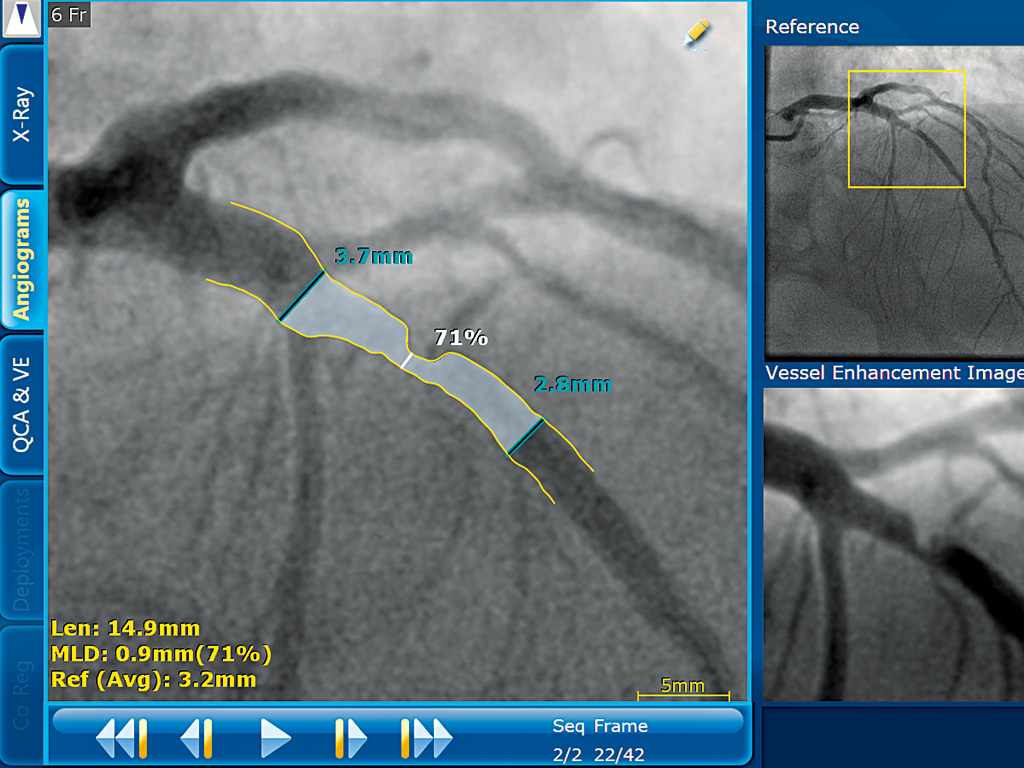3D printing
3D printers have been provoking a mixture of intense excitement and terrified aversion for a few years now, but 2014 seems to have been the year things really kicked off. A team of doctors in Beijing carried out the world’s first surgery using a 3D-printed vertebra, while researchers at Harvard and Sydney universities created the first human tissue able to survive on its own (by successfully printing working capillaries). That moves the industry one step closer to being able to use 3D printing technology to create human organs, according to the researchers.
The year also saw the creation of the smallest 3D printer yet – a pen developed by London startup LIX, which allows users to create objects in mid-air simply by drawing them. And in September the world’s first 3D printed car – known as the Strati – was created and put on show at the International Manufacturing Technology Show in Chicago. Local Motors engineer James Earle told Business Insider it could be a sign of things to come, paving the way for people to one day effectively design and create their own cars.
Wearable tech
Once limited to the parameters of the desk, computerised technology is now the latest fashion must-have and its potential applications are infinite. Smartwatches have stolen the show in 2014, with the announcement of Apple Watch (due for 2015) and the likes of Samsung, LG and Motorola all rolling out new offerings that enable users to check mobile notifications and communicate at the flick of a wrist.
Smart fabrics have meanwhile sparked widespread attention, with the likes of flexible photovoltaic fibre (developed by startups such as Solar Fiber) offering wearers the chance to harness kinetic energy generated by the body and transfer it to an energy grid – or even use it to charge a phone.
“Body-adapted”, almost invisible wearables – such as foot soles that send GPS directions by detecting vibrations – are set to shape the future of this rapidly growing industry.
Mind-reading technology
The year saw “the first human brain-to-brain interface” ever achieved, according to the PLoS One journal, with a team of researchers successfully communicating a message from somebody in India to a recipient over 4,000 miles away in France. Researchers from Harvard and Barcelona-based Starlab used an EEG device to read brain signals in the sender, which were then translated into binary code, sent via email and converted into flashes of light in the recipient’s mind using TMS (a type of magnetic stimulation). Those flashes corresponded to the binary code numbers (0s and 1s), which could then be translated back into the words (‘hola’ and ‘ciao’) first thought up by the sender.
Google is also exploiting the potential of EEG; earlier in the year the tech giant announced a ‘mind control’ attachment for use with its much-talked-about Google Glass, which (by connecting with an app which measures brain signals), will apparently enable users to take a picture simply by focusing on an object.
Supporters hail brain-invading tech as a potential breakthrough for those suffering from locked-in-syndrome and other similar conditions. Some believe that if it reaches a sophisticated enough stage, we could at some point in the future be able to email each other at the flicker of a thought.
Apple Pay
Apple launched its mobile payment system in the US in September to tie in with the newest Apple addict’s must-have – the iPhone 6 – bringing formerly niche mobile payment systems to a mainstream market. Allowing users to purchase products by simply waving their iPhone over the sensor and putting a finger on the Touch ID scanner, it could transform the way we shop for good.
The system uses Near Field Communication (NFC) technology installed in the phone (used in devices like key fobs) and claims to offer increased security by replacing card numbers with a device-only account number that’s encrypted and stored in a ‘secure’ chip in the phone. If it catches on like the rest of Apple’s paraphernalia, it could mark an important step towards a potentially cashless world in the future.
Humanoid robots
In July Honda launched the world’s fastest humanoid robot (its newest version of the ASIMO, which dates back several years). The latest human-shaped machine can recognise faces, open a bottle of water, hop on one foot and, with its flexible legs, run at a speed of 9kmh. Nestle meanwhile employed its first humanoid robot to sell coffee machines in Japanese home appliance stores – from their human-esque mouths the robots can even talk to people about their coffee preferences.
Screenless displays
Ranking among the year’s biggest emerging technologies according to the MIT, the screenless display is one to watch. From retina displays which project an image onto an individual’s retina to visual images (including holograms) that use a medium to deflect light, this sci-fi like technology could have important benefits in industries such as secure communications. In the case of the retina display, for example, sensitive information could be protected by ensuring that only the intended recipient is able to see it.
Internet of Things
2014 saw Apple announce HomeKit, a smart home system which opens the door to all devices being controlled from just one app – available on iOS 8 and above. Rival
Samsung meanwhile launched into the smart home stratosphere with its acquisition of SmartThings, and teamed up with other smart home system companies including Arm and Nest (recently acquired by Google) to create open networking protocol Thread – a rival to HomeKit.
Intel, IBM, BT and other giants have meanwhile joined together to form open protocol Hypercat – a consortium whose aim is to standardise all interfaces so that any hardware device could be operated from any mobile or tablet. The aim is for a future where everything is connected, and where users could command their entire home from one smartphone app – with LG’s recently announced HomeChat that could be done via text, and with S Voice and Siri locking the door is just a voice command away.



